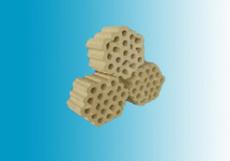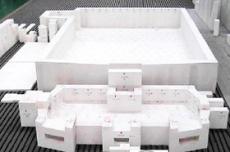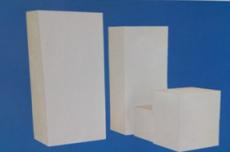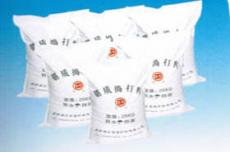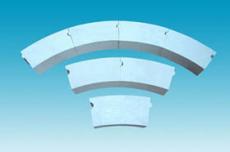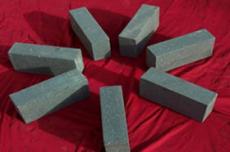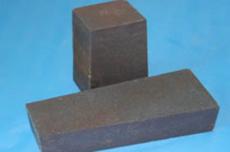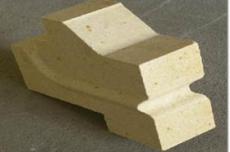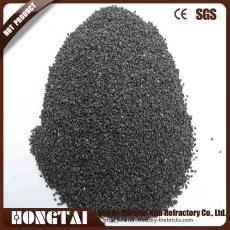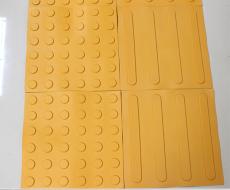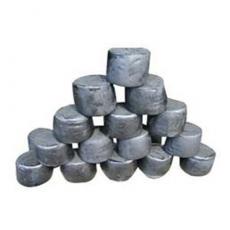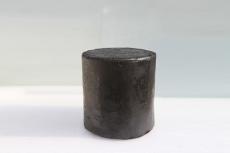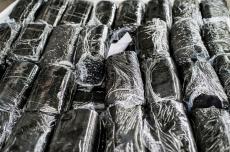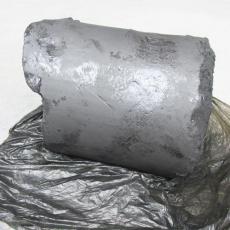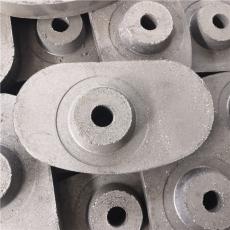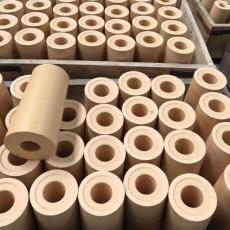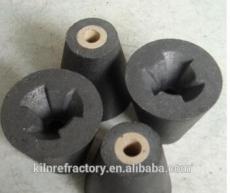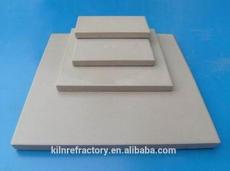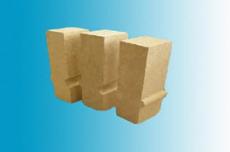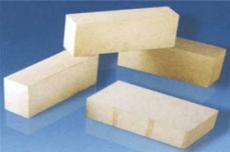
Zirconia fiber is widely used in refractory materials. The following is a detailed summary of its specific applications:
01 Refractory lining of high-temperature industrial furnaces: Zirconia fiber can be used to manufacture refractory linings of high-temperature industrial furnaces, such as steel-making furnaces, glass melting furnaces, etc. Due to its high melting point (about 2700°C) and good thermal shock resistance, zirconia fiber can withstand the erosion of high-temperature molten steel and rapid temperature changes in the furnace, thereby extending the service life of the furnace lining and improving the energy efficiency of the furnace.
02 Heat insulation material: Zirconia fiber has low thermal conductivity and is an ideal heat insulation material. In high-temperature industries such as steel, metallurgy, glass, and ceramics, it can be used as a heat insulation layer to reduce heat loss and energy consumption. For example, in glass furnaces, zirconia fibers serve as thermal insulation materials, which not only improves the quality of the glass but also significantly reduces energy consumption.
03 Reinforced composite materials: Zirconia fiber can be combined with a variety of metals or alloys to prepare super-strong metal matrix composite materials that can be used in a wide temperature range. These composite materials have broad application prospects in high-temperature environments in aerospace, military, nuclear industry and other fields. For example, zirconia fiber and nitride composite materials can effectively improve the thermal properties of the material and are suitable for structural reinforcement and thermal insulation in high-temperature environments.
04 Refractory products such as sizing nozzles: In the continuous casting process, zirconia fiber can be used to manufacture refractory products such as sizing nozzles. These products have excellent corrosion resistance and thermal stability, which can ensure that molten steel flows into the mold evenly and stably through the calibrated nozzle, thus ensuring the normal progress of continuous casting. In addition, zirconia fiber can also be used to manufacture other types of refractory products, such as refractory bricks, refractory boards, etc., to meet the needs of different high-temperature industries.
05 Application in the electronics industry: In the electronics industry, zirconia fiber can be used to manufacture insulating materials and heating elements for high-temperature sensors, resistors, capacitors and other electronic components. Due to its good chemical and high-temperature stability, zirconia fibers can improve the performance and reliability of these electronic components. In addition, zirconia fibers can also be used to make electronic ceramic materials, such as piezoelectric ceramics, thermosensitive ceramics, etc. These ceramic materials are widely used in electronic equipment.
06 Other application fields: In addition to the above applications, zirconia fiber can also be used to manufacture amorphous refractory materials such as heating elements, thermistors, and gas sensors for high-temperature furnaces. In addition, zirconia fiber has also shown certain application potential in the fields of dental restoration, medical device manufacturing, and sporting goods manufacturing.
Zirconia fiber is widely used in refractory materials, covering refractory linings of high-temperature industrial furnaces, thermal insulation materials, reinforced composite materials, calibrated nozzles and other refractory products as well as many fields in the electronics industry. With the advancement of science and technology and the development of high-temperature industry, the application prospects of zirconia fiber will be broader.
